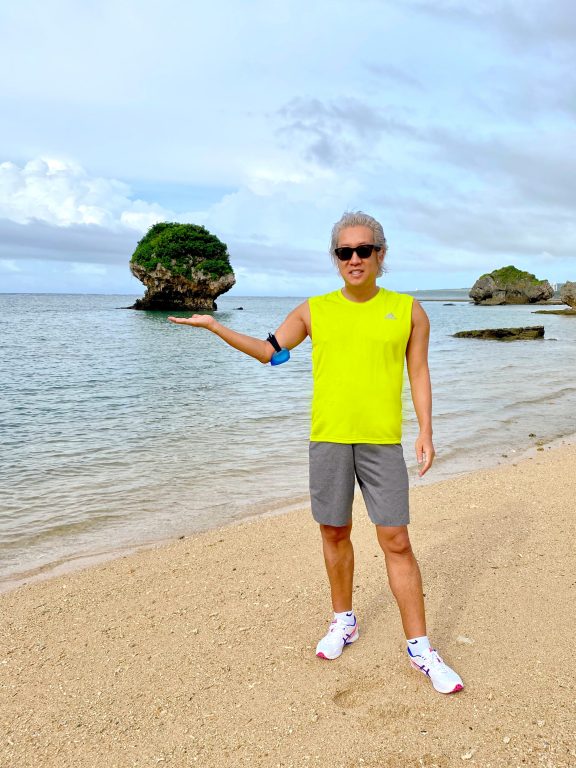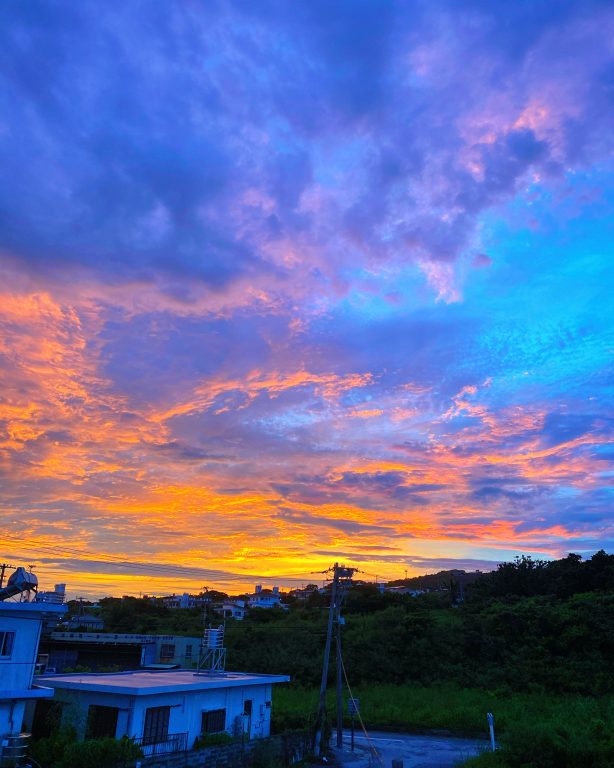The “digital nomad” way of life (living in multiple locations)

After the Corona disaster, I spent two months in Okinawa from April 2 to June 2 and found that I could run my company remotely.
During that time, the Tokyo office was eliminated and the company made it clear to its staff that it was focused on results, not working hours. Weekly Zoom meetings on Mondays became a regular occurrence, and other than that, if there was something to do, they would talk on the phone. Email is used as little as possible because it is time-consuming. For short conversations, they use messengers such as LINE. However, I still think that the phone is the most convenient tool for “immediate solutions.
Even before Corona, I was not in Tokyo for half of the year. In addition to Tokyo, I have companies in Los Angeles, Zhuhai/Yokoin New District, and Estonia, so I have been working regardless of the day of the week, time, or region. I feel that my life in Okinawa was just a prolonged overseas business trip.
During the two months of the Corona disaster, I was able to reform my work style, launch a publishing company, start an online and live business, and write my own book, all while enjoying nature in Okinawa.
Behind the scenes, there is a very talented staff. Thanks to them, everything goes smoothly. Thanks to all of you!
With the spread of the new coronavirus, remote work has spread and the concept of living has changed completely. The “digital nomad” lifestyle (living in multiple locations), in which one lives from one place to another across Japan, has become a reality. I believe that digital nomadism is a part of DX (Digital Transformation).
This kind of life would not be possible without the foundation of ICT (Information and Communication Technology).
To begin with, the function of a city is to create a highly mature community by bringing together a diverse range of people and goods. In the post-corona, with the tailwind of 5G lines, it will be possible to create a virtual city even if it is not a city.
On top of that, people will move away from the cities and become more accustomed to moving around. This does not mean that rural shuttered areas will be revitalized, but rather that people will be willing to live anywhere as long as it offers a place with a strong communication network and a comfortable lifestyle (ready-to-live furnished houses, abundant nature, etc.).
Hoshino Resort’s efforts to make decidal nomads more comfortable and ADDress (Address, Inc.), which offers vacant houses across the country converted into unlimited living (subscriptions) for 40,000 yen per month, are leading companies in the post-Corona area.
I think that the regions of the future should not half-heartedly imitate Tokyo, but rather revive nature as before and promote a plan like “Airby for the whole town” in a 5G environment. In Linz, Austria’s third largest city, I once saw a pond in an ordinary residential area and thought it was wonderful to see how everyone was enjoying it. I hope something like this will happen here and there in Japan.






